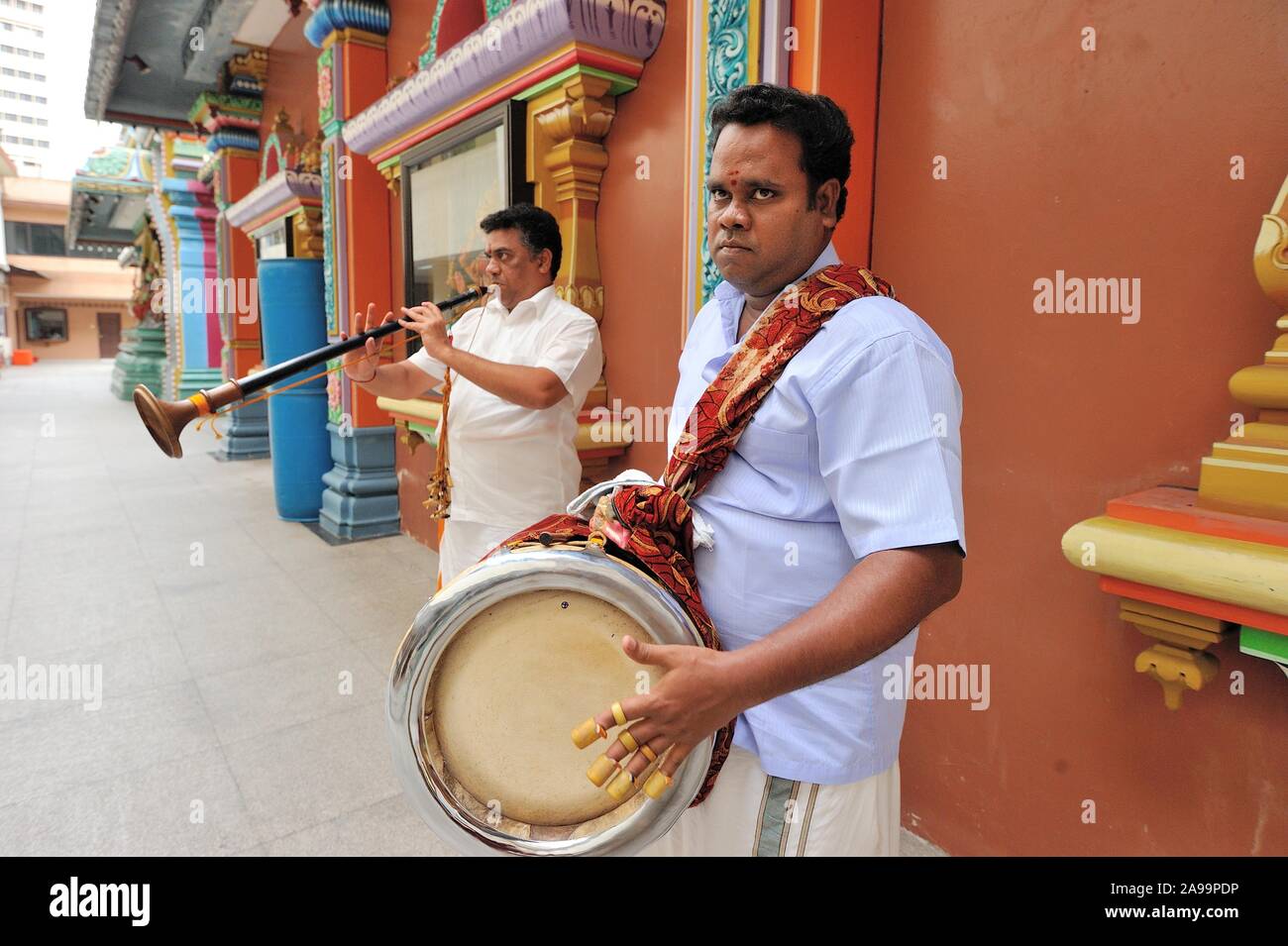
It consists of sound collections ready to compose your music. Whether you are a musician from India, or from any other country and want to make punjabi music styles like what you hear in most bollywood movies, this indian vst plugin is the answer. Nadhaswaram plugin is what you are looking for so far.
It has a conical bore, is made of dark wood, and has a flaring wooden bell. The nagaswaram may be as long as about 95 cm (37 inches). Nagaswaram, conical double-reed aerophone of southern India.
In recent decades it has also become a concert hall instrument (still accompanied by the tavil). It can also be performed at weddings, in some genres of folk drama, and for ceremonies as commonplace as the opening of a new building. The nagaswaram and tavil (a double-headed, barrel-shaped drum) players of the periya melam provide music for both indoor activities at temples (such as daily rituals called puja) as well as for outdoor processions (called urvalam) on festival days. It is the leading instrument in the periya melam, the South Indian Hindu temple ensemble, and its vibrant sound is considered auspicious.
An exceptional variety of Nadaswarams is being offered by us at highly reasonable prices. In addition to being part of the south Indian soundscape, the nagasvaram is also performed in Hindu temples in Sri Lanka and other locales around the world where communities of south Indian Hindus have settled.Nadaswaram. While this is still the case today, periya melam musicians changed legally their caste name and affiliation in the middle of the 20 th century, which has resulted in a higher social position than previously. Historically, nagasvaram players, always male, were born into a very low, non-Brahmin caste from which temple musicians and dancers were recruited.
The conical shape of the bore is more pronounced than the exterior profile of the instrument suggests. It has row of seven equally distanced fingerholes, no thumbhole, and five vent holes on the lower half of the ebony wood body that can be plugged with wax in various combinations to adjust the tuning of the instrument. This is the most popular instrument in Tamil Nadu and acknowledged as the world's loudest non-brass acoustic instrument.The nagasvaram is a three-foot long wooden oboe with a conical bore and cane reed.

The player forces an airstream against the tip of the reed, which is inserted into his mouth, while applying various degrees of pressure on the reed surfaces with his lips. Its range is two to two-and-a-half octaves. The nagasvaram pictured here is tuned approximately to D3 with all fingerholes covered and all vent holes open. Either hand can be used to cover the top three fingerholes, the other hand the bottom four. The instrument is usually held at about a 45-degree angle to horizontal by both hands.
One theory is that it developed from the North Indian sahnai, but not everyone subscribes to this.Flora, Reis. It appears in an 11 th century CE temple sculpture, and in written sources from the 14 th century onwards. Fingering and tonguing techniques further add to the intricacy of the melodies produced on this instrument.The origin and history of the nagasvaram are not clear.
New York: Garland Publishing, Inc., pp. "The Social Organization of Music and Musicians: Southern Area." In The Garland Encyclopedia of World Music v. 350-369.Sankaran, T., and Matthew Allen. New York: Garland Publishing, Inc., pp. "Musical Instruments: Southern Area." In The Garland Encyclopedia of World Music v.
Englewood Cliffs, N.J.: Prentice-Hall.Formation: Dravidian Classification (Sachs-Von Hornbostel revised by MIMO) 422.112. Music in India: The Classical Traditions. “Temple Music Traditions in Hindu South India: “Periya Melam” and Its Performance Practice.” Asian Music 39/2: 108-151.Wade, Bonnie.


 0 kommentar(er)
0 kommentar(er)
